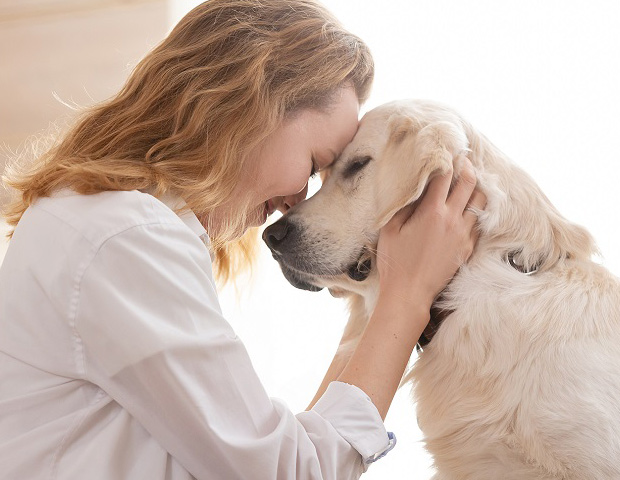Dogs may be able to cope with the effects of a few parasitic worms, but in high numbers they can rob your dog of important nutrients and cause their health to suffer. Roundworm, hookworm, whipworm and tapeworm are the common intestinal worms present in New Zealand. Some worms can be passed to humans from contact with soil or grass contaminated with infected dog poo. It is then called a zoonotic disease. Regular deworming keeps your dog healthy and helps protect your family from zoonotic risk.


